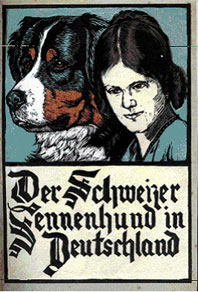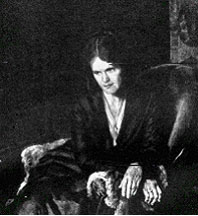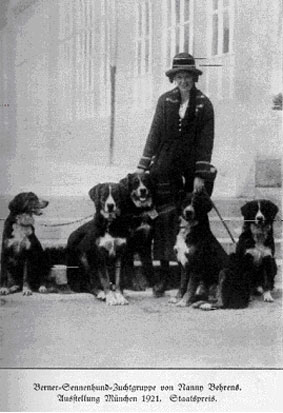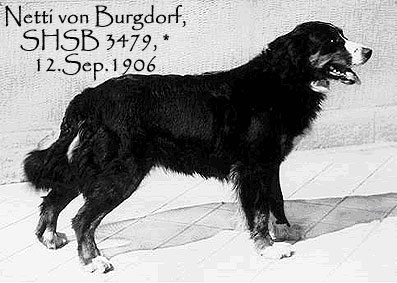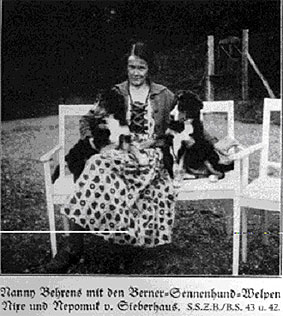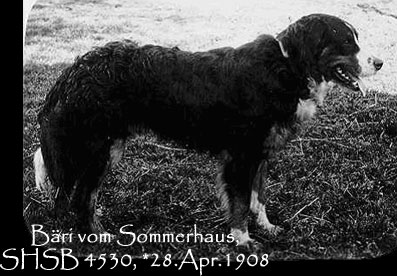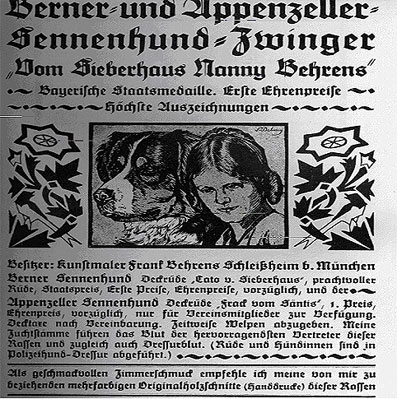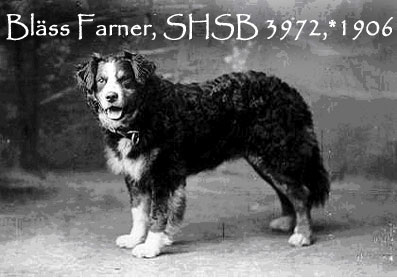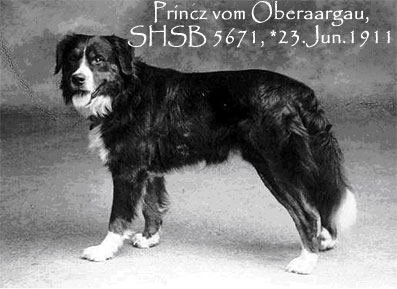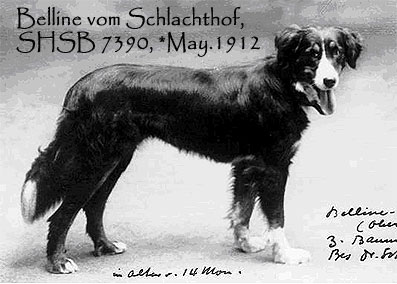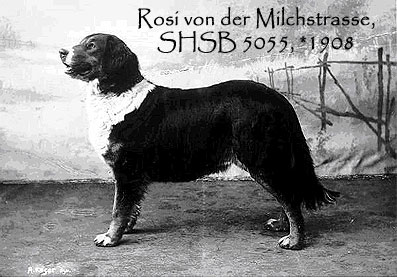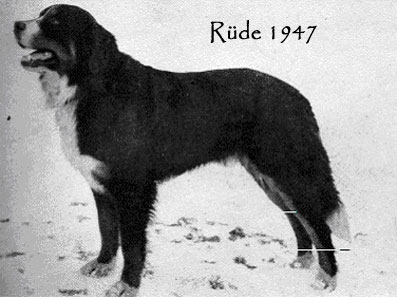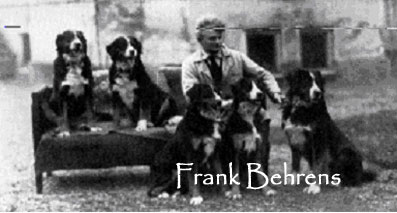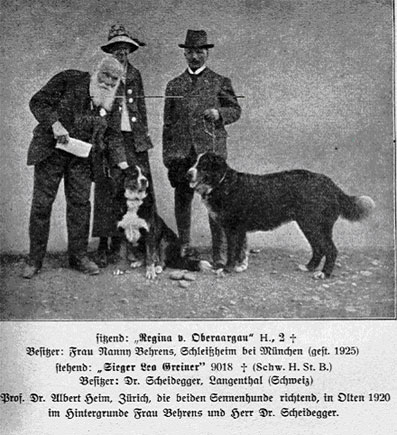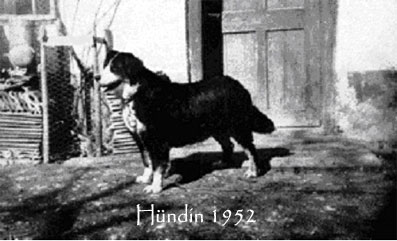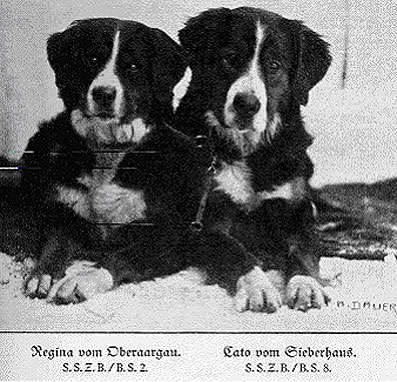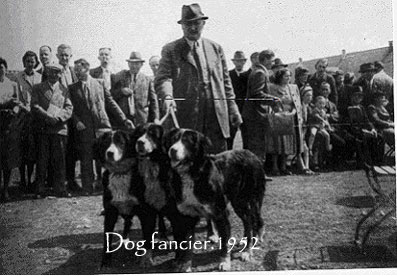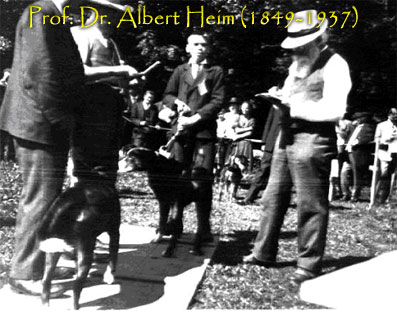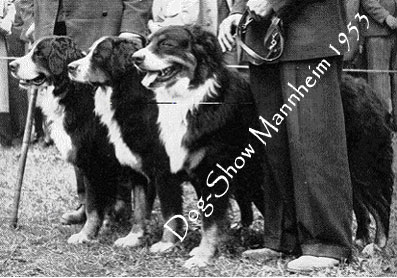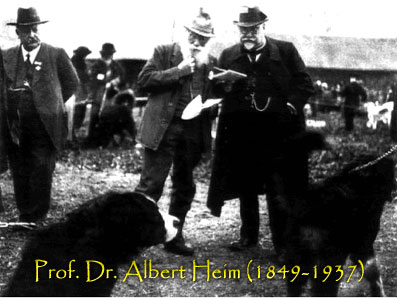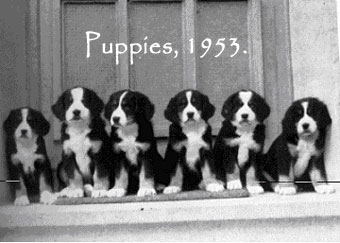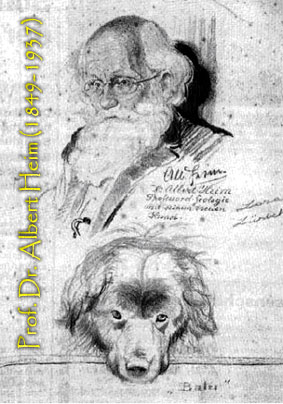Welcome in to the
Mikes-Uti Bernese Mountain Dog Kennel Homepage!
|
|
|
|
|
Early History in
Switzerland
The ancestors of the Great Swiss Mountain Dog are of the type previously
widely spread across Central Europe and frequently described as butchers'
or slaughterer's dogs. They were strong, tricolor, sometimes black and tan
or yellow dogs, popular with butchers, cattle dealers, manual workers and
farmers, who used them as guards, droving or draught dogs and bred them as
such. |
|
They were recognized as a definite breed by the SKG and entered as «Grosser Schweizer Sennenhund» in volume 12 (1909) of the Swiss Stud Book. In the canton of Berne, further exemplars were found which measured up to Heim's description and were introduced systematically into pure breeding stock. In January 1912 the club for «Grosse Schweizer Sennenhunde» was founded, which from then on took over the care and promotion of this breed. For a long period the breed reservoir remained small as it was particularly difficult to find suitable bitches. Only since 1933 could more than 50 dogs annually be entered into the SHSB (Swiss Stud Book). The Standard was first published by the FCI on February 5th, 1939. Recognition and wider distribution came along with the breed's growing reputation as undemanding, dependable carrier or draught dogs in the service of the Swiss army during the second World War, so that by 1945 for the first time over 100 puppies could be registered, which was evidence of the existence of about 350-400 dogs. Today the breed is bred also in the adjacent countries and is appreciated universally for its calm, even temperament, especially as a family dog. |
|
- 1945 to
present day
By the late sixties, the breeding
population had decreased to the point that in 1967 only 43 Swissy pups
were registered with the Swiss Kennel Club. The national Swiss Swissy
club, the "Klub fuer Grosse Schweizer Sennehunde", attributed this decline
primarily to the fact that the By 1985, an average of about 20 litters were again registered annually. However, this increase in numbers had come at the expense of the overall health of the breed. Decades of inbreeding and close line breeding, coupled with the overuse of and dependency on a very small number of stud dogs, had led to increasing incidences of hereditary diseases such as Ostechondrosis in the shoulder joints and epilepsy. Many breeding animals showed clear signs of inbreeding depression such as low conception rates, whelping difficulties and small litter sizes in bitches and fertility and breeding performance problems in dogs. Alarmed by these developments, the Swiss club established a comprehensive breeding management program. This agenda includes a follow-up of every Swissy born in Switzerland from birth on during its entire life, a data bank of available stud dogs to assist breeders, mandatory screening for OCD in the shoulder, strict control of all line breeding and limiting the number of common ancestors in the first 3 generations of breeding pairs.
Note: Like with many Swiss
pure breed clubs, Swissys can only be bred if they pass the mandatory
breeding certification exam which consists of health, structure and
temperament tests. Only the offspring of animals that have obtained their
respective breed club's breeding certification will be registered by the
Swiss Kennel Club. |
|
Bernese Mountain Dog in Germany - pictures
Mother Behrens
|
|
|
|
|
|
This Bernese
Mountain Dog Web Ring
site is
owned by Bernese Mountain dogs of Kennel Mikes-uti.
[ Join
[ Previous 5 Sites
| Skip Previous
| Previous
| Next
]
[ Skip Next
| Next 5 Sites
| Random Site
| List Sites]
